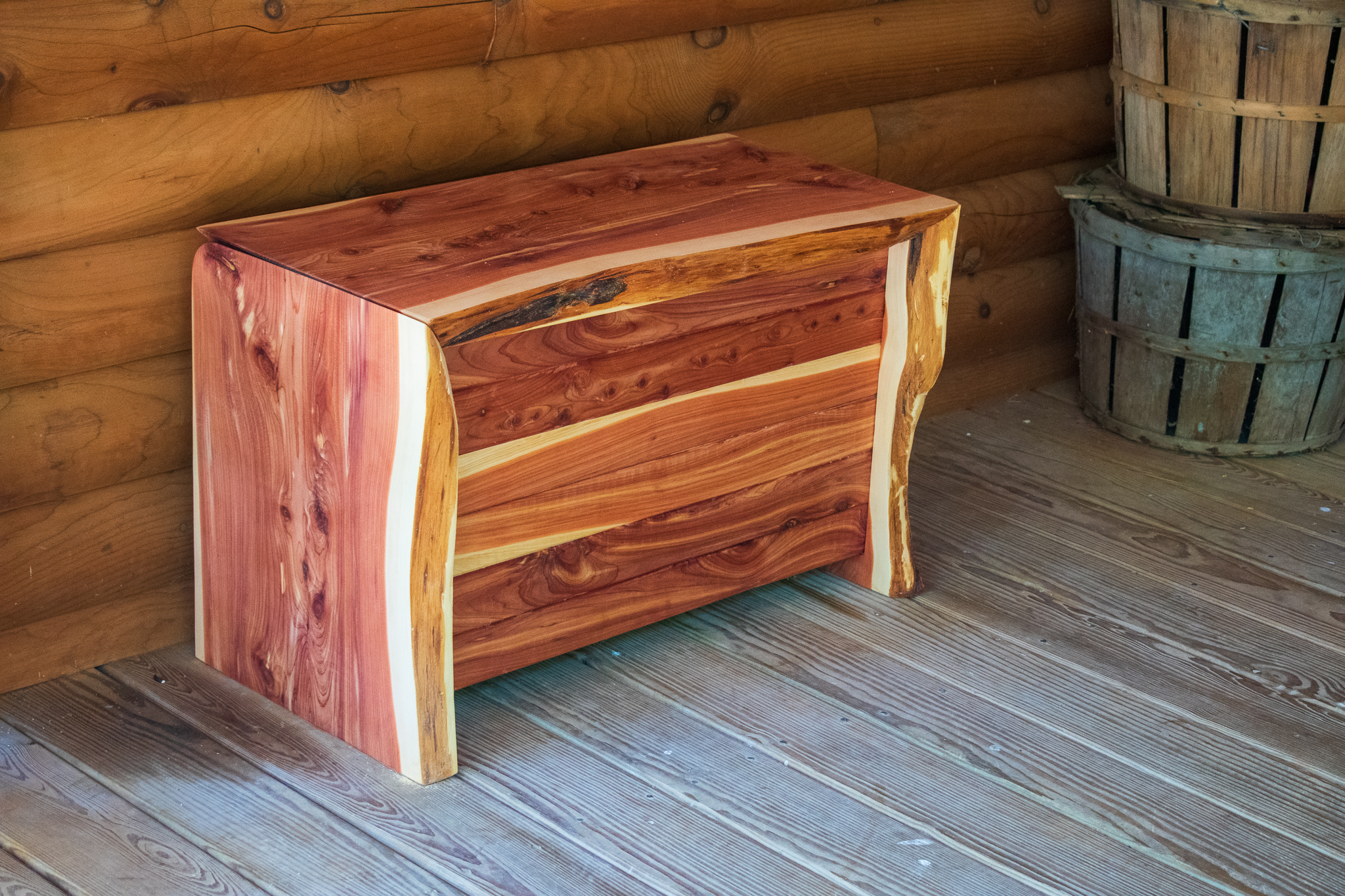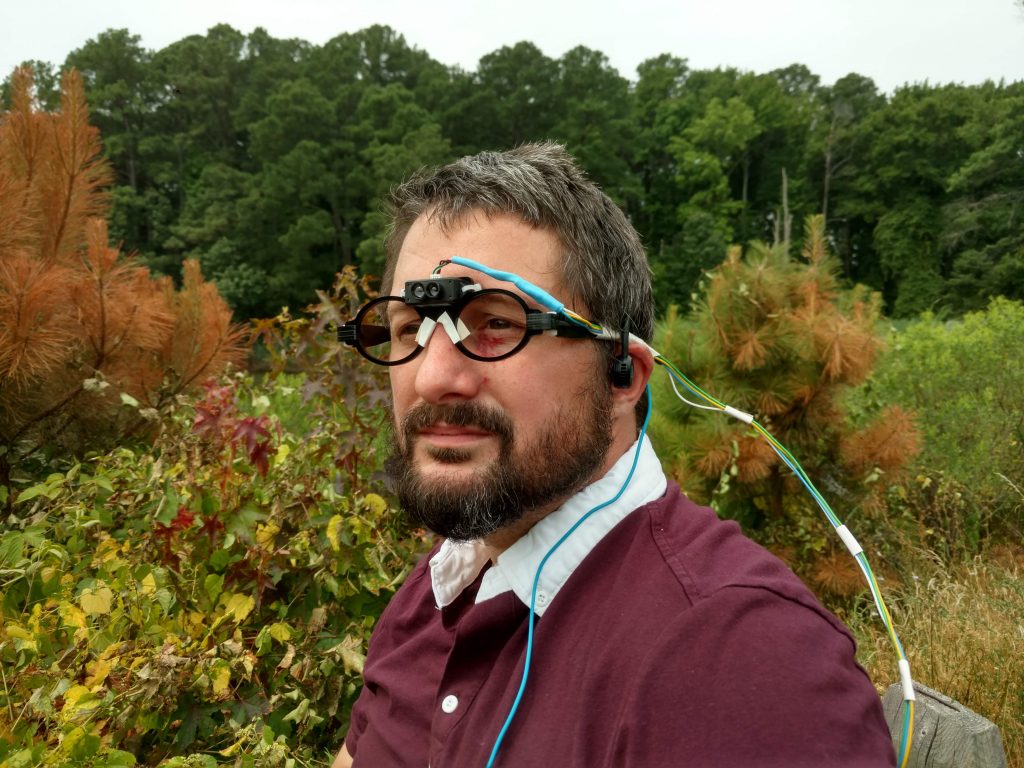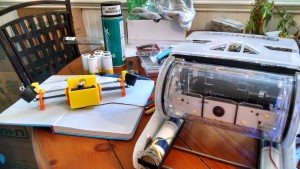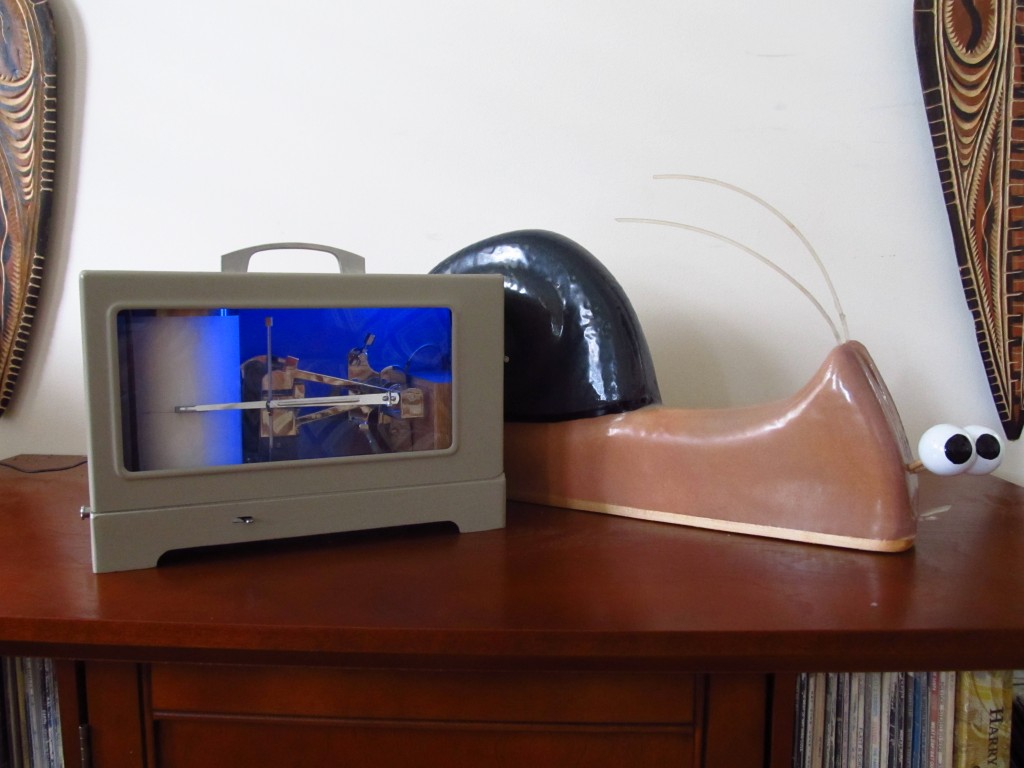I make things. I make weird electronic things. I make scientific instrument things. And I make things out of wood. I make a lot of things out of wood.
When I’m not working on marine conservation technology, educational programming, or high seas policy, I’m usually out back in the woodshop, building furniture, functional art, and other woodcrafts. This probably isn’t a surprise. For the last eleven years, one of the most popular articles at Southern Fried Science has been How to build a canoe from scratch on a graduate student stipend.
Every few years, I turn an analytical eye on my hobbies, assessing the lifecycle of the materials I use, the sources of inefficiency, and, most importantly, how the practice of the craft aligns with or deviates from my personal environmental ethic. In other words, I do a sustainability audit on my recreational activities. For the last year, I’ve focused on understanding and improving the environmental impacts of my woodworking.
Read More “Built to Last: A Reflection on Environmentally Conscientious Woodworking” »




